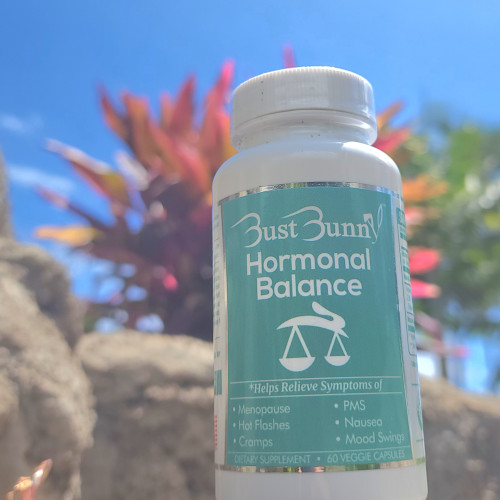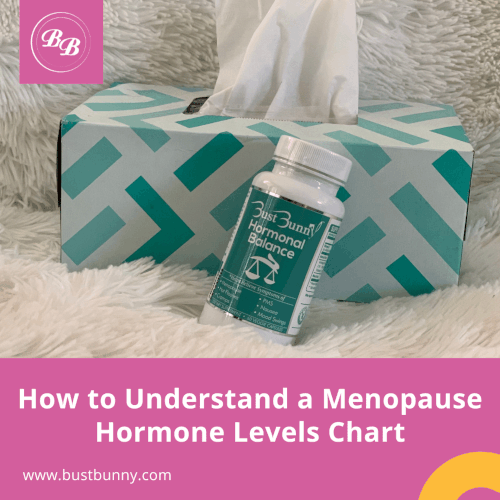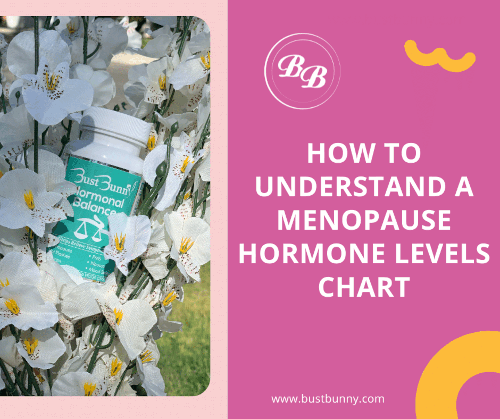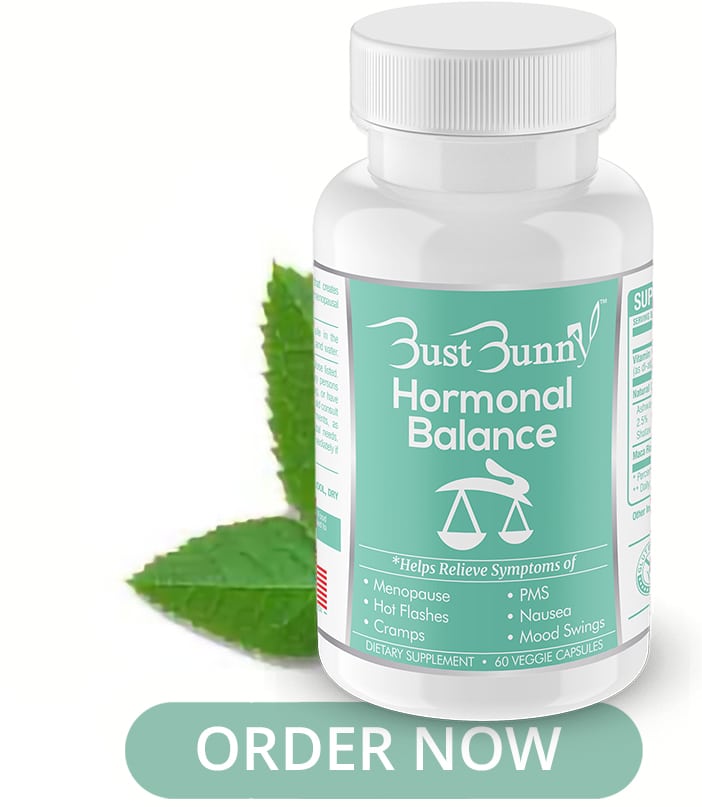You’ll know you’ve hit menopause once you stop having your period.
Prior to menopause is a transition period (perimenopause) during which you experience symptoms of hormonal imbalance such as hot flashes and recurring night sweats. In most cases, menopause can be self-diagnosed.
However, the most accurate indicator of menopause is your hormone levels chart.
Getting a proper menopause test is important because there are illnesses that can mimic menopause symptoms, like thyroid disease. Testing your hormone levels can help you rule out these diseases or treat them before they progress.
To test your hormone levels, three methods are used:
- Saliva tests: A quick way to measure the levels of estrogen in your saliva
- Follicle stimulating hormone (FSH) tests: Tests your blood and urine for spiked levels of FSH
- Symptom assessment: Your physician asks questions to assess your symptoms
Although they’re faster and more affordable than FSH tests, saliva tests only measure about 5% of your hormones and may not reveal enough information to accurately determine if you’re going through menopause. Symptom assessment may also fail in terms of accuracy.
Physicians recommend FSH tests because they paint a more in-depth and accurate picture of your menopause journey.
When you have exact readings of your hormone levels, you can proceed to relieve your symptoms using either hormone replacement therapy or natural hormonal balance supplements.
Keep in mind that since symptoms will vary depending on the stage of menopause you are in, methods of relief will also vary.
Step 1 – Hormone Levels Chart Before Menopause

FSH levels between 10 and 12 mlU/ml typically indicate the onset of perimenopause—normal FSH values range from 3 to 10 mlU/ml as you’ll see in the table below.
| Reproductive Phase | Level Of FSH (In mIU/ml) |
| Follicular phase | 2.5 to 10.2 |
| Ovulation | 3.4 to 33.4 |
| Luteal phase | 1.5 to 9.1 |
| Perimenopause | 23 to more than 116.3 |
To explain, FSH is a hormone that’s produced by the pituitary gland and its function is to trigger the production of estrogen. In the years leading up to menopause, when estrogen levels naturally fall, the pituitary gland produces more FSH in an attempt to raise estrogen levels back up.
The result?
Your body will be stuck in a feedback loop of hormone fluctuations which may cause you to experience uncomfortable physical and emotional symptoms like:
- Menopausal mood swings
- Anxiety
- Hot flashes
- Low sex drive
Because of your low estrogen levels, you’ll also notice that your menstrual cycles become a little shorter.
Instead of 28 to 32 days, they may take 21 to 25 days. Occasionally, you’ll skip a period, and when you do have one, it’ll be heavy.
More symptoms of hormonal imbalance will begin to surface 1 to 3 years before your last period. We’re talking about recurring night sweats, brain fog, moodiness, and sleep disturbances.
For some women, these symptoms start to show 2–6 years before they enter menopause. For others, they can start happening up to 10 years prior to menopause.
You’ll know you’ve transitioned into menopause when you stop having periods for more than a year. After your last period, you may experience more symptoms of hormonal imbalance such as:
- Vaginal dryness
- Changes in bone density
- Cholesterol changes
Expert Tip: As you enter menopause, you have a higher risk of developing age-related diseases as well as heart diseases and diabetes. Go for regular check-ups to help you stay healthy.
Step 2 – Hormone Levels During Menopause

Higher levels of FSH (30 to 40 mlU/ml) signal the onset of menopause. This is a sign that your body isn’t producing enough estrogen to regulate ovarian function. As for estrogen, levels below 30 pg/mL—in conjunction with high FSH levels—are considered menopausal.
As a reference, normal estrogen values range from 25 to 75 pg/mL. However, for some women, estrogen levels lower than 50 pg/mL may cause them to experience symptoms of hormonal imbalance.
Because “normal” levels of estrogen vary among women, menopause tests usually observe estrogen and FSH levels in conjunction with each other.
If FSH is high and estrogen is low, then you’re transitioning into menopause. If FSH is normal and estrogen is low, then your symptoms may have been caused by other factors like low body fat or excessive exercise.
Most women start menopause between the age of 44 and 55. For some, menopause symptoms and stages can begin earlier (before the age of 40). Premature menopause is usually hereditary, but it can also be caused by heavy smoking and drinking habits.
After one or two years in menopause, your body will adjust to the lower levels of estrogen, and some symptoms of hormonal imbalance, like mood changes and anxiety, may begin to improve.
Step 3 – Hormone Levels After Menopause

After 2 to 5 years in menopause, your estrogen levels will land somewhere between 25 to 35 pg/mL. After five years, they’ll fall below 25 pg/mL.
The table below gives you an idea of what normal estrogen levels look like during your cycle.
| Reproductive Phase | Impact On Breast Growth |
| Follicular phase | 24 to 138 |
| Luteal phase | 19 to 164 |
| During ovulation | 107 to 402 |
| Postmenopausal (with hormone replacement therapy/HRT or supplements) | 18 to 361 |
| Postmenopausal (without HRT or supplements) | Less than 35 |
To relieve symptoms of hormonal imbalance, physicians recommend that you raise your estrogen levels to a minimum of 40 to 50 pg/mL after menopause—we’ll discuss how you can do this below.
Depending on your body chemistry, this number may go as high as 60pg/mL or even 100 pg/mL.
Expert Tip: Always consult your doctor to find out the minimum level of estrogen your body needs.
Step 4 – Balancing Your Hormones Levels

Once you understand your menopause hormone levels chart, you can accurately take measures to alleviate certain symptoms. There are two ways to do this:
- Hormone replacement therapy: A treatment to increase your estrogen levels and relieve symptoms of hormonal imbalance like hot flashes
- Natural hormonal balance supplements: A natural alternative to HRT that can relieve symptoms such as nausea, night sweats, insomnia, and mood swings
Some natural herbs that can help balance your hormones include maca root, ginger root, chamomile, and Shatavari. Bust Bunny Hormonal Balance combines these herbs and more to make all-vegetable capsules that can help you balance your hormones.
“1st time I try a natural approach and it works very good for hormone balance.”
– Carlos, United States
Our products are manufactured in the United States inside an FDA-compliant facility. We make sure to include only non-GMO ingredients that are organic and cruelty-free.
Our veggie capsules have helped so many women find relief after menopause. All you need to do is take 2 capsules daily with at least 8 ounces of water.
“This product has minimized the number of hot flashes I experience and it hasn’t even been a month yet. I will definitely continue taking this!”
– J Berg, United States
Bust Bunny Can Help You in Your Menopause Journey

Once you understand your menopause hormone levels chart, the only thing left to do is to manage the symptoms, and that’s where we come in.
At Bust Bunny, we understand that menopause comes with a lot of uncomfortable symptoms. Anxiety, recurring night sweats, and moodiness are just the tip of the iceberg.
We also understand that there are many remedies for these symptoms, but we went ahead and crafted an all-natural solution that is healthy for you and for the environment.
Our Hormonal Balance Supplement includes a variety of ingredients to help you sleep better at night and feel happier during the day.
We value our customers and are always striving to make our products better for you. Reach out to us for more tips on how to relieve your menopausal symptoms.
Share on Instagram:

Share on Facebook:



